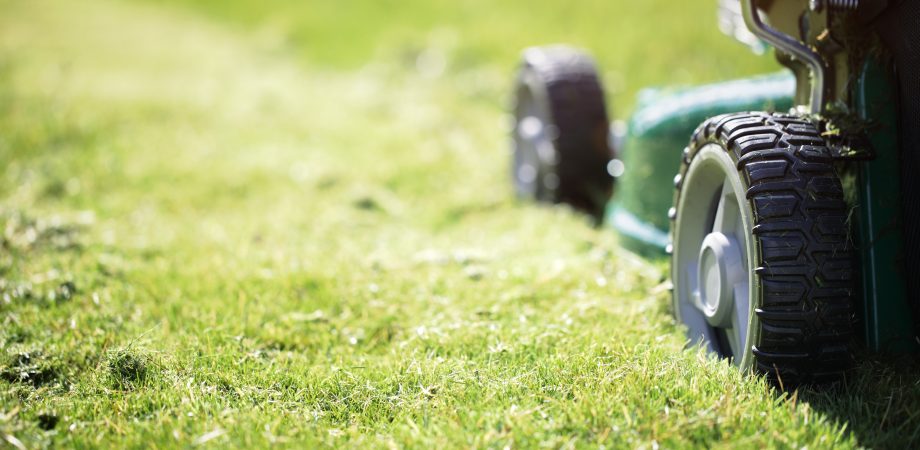Debunking Five Common Lawn Care Myths

Like many aspects of homeownership, lawn care is an area full of mixed advice from neighbors and friends who like to think of themselves as “experts.” To help homeowners sort the good from the bad recommendations, we debunked five common myths people believe about maintaining their lawns.
Myth #1: You can water the lawn or landscape at any point in the day.
Early morning is the preferred time to water. Morning waterings can soak into the soil better with less evaporation loss than midday waterings. Late afternoon or evening waterings may not allow the leaves to dry before nightfall, which allows leaves to remain wet for a longer period of time and increases the probability of fungal disease problems.
Myth #2: Cutting your grass short decreases mowing frequency.
Cutting grass too low will expose more soil surface, which leads to more weed competition. It also dries out the grass plant crowns and roots more rapidly, creating a need for more irrigation to keep lawns green. Mowing taller will promote denser turf that helps shade the soil and protect roots and crowns from drying out. Thicker grass means fewer weeds. No matter the mowing height, try not to remove more than a third of the total height of the grass.
Myth #3: You can use any kind of grass seed no matter where you live.
Grasses are not created equally. They have adapted to grow well in different situations, and most fall into one of two categories: cool-season or warm-season. Cool-season grasses survive winter temperatures and grow well in temperatures in the 60s up to 80°F. Warm-season grasses excel in heat and do not handle freezing temperatures well. When selecting grasses, consider their preferred climate, shade, drought/traffic tolerance, and fertility requirements.
Myth #4: Using a hose is more effective than using a sprinkler system.
Unless you have a postage stamp of a lawn or just need to get water to a small area under repair, using a hose to hand water is not a particularly efficient or effective way to water your lawn. Irrigation systems can distribute water more evenly and with less waste, resulting in a better appearance and a lower water bill.
Myth #4: Grass clippings can cause a buildup of thatch.
The age-old question: Do I bag or leave the clippings? Decisions, decisions. Grass clippings are mostly water. Once dried, what is left behind readily breaks down and contributes little to thatch accumulation. Thatch is the buildup of organic matter between the crown of the grass plant and the soil surface. It is comprised of dead and living roots, shoots, and rhizomes. The accumulation of thatch is mainly tied to specific grass species and cultivars. Other factors include soil pH and over-fertilization. Annual core aeration is a good cultural practice to help prevent excessive thatch. Leaving clippings also helps recycle nutrients. So unless company is coming and you don’t want to track any grass in the house (or you went on vacation for a couple of weeks and the clippings are more akin to a freshly mowed hayfield), just let the clippings return to the lawn.
Doug Dawson
Sales Representative







